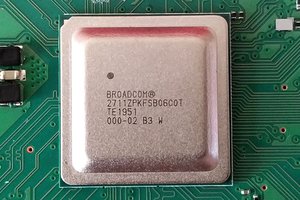It's the age-old chicken-and-egg conundrum, which Raspberry Pi has now solved.
You've always had to use another computer to run Raspberry PiImager, or anything similar, in order to flash your OS system onto an SD card when you buy a new Raspberry Pi up until now. But, if you don't have another computer, how do you get the operating system onto an SD card in the first place?
A beta version of the Raspberry Pi bootloader with network installation is now available, the new Network Install functionality allows you to download the Raspberry Pi Imager programme from the internet and install it directly on a Raspberry Pi 4, or a Raspberry Pi 400, using an Ethernet cable. The Raspberry Pi Imager application, which runs in memory on your Raspberry Pi, may then be used to flash the operating system onto a blank SD Card or USB device in the same way as normal.
WHAT IS THE BEST WAY TO USE THE NETWORK INSTALLER?
You'll need to install a beta version of the bootloader before you can test out the network installer.
“Raspberry Pi will start shipping Raspberry Pi boards with the new network bootloader pre-installed from the manufacturer, eliminating the need for this step.”
The new beta bootloader is being installed.
The simplest approach to upgrade the bootloader on your Raspberry Pi 4 or 400 is to use Raspberry Pi Imager to copy the appropriate software onto an SD card, either on your Raspberry Pi or on another computer. You'll need a blank SD card and a USB to SD card adaptor if you're using a Raspberry Pi or another computer without an SD card slot.
You should be aware that any existing data on the SD card you use to upgrade your Raspberry Pi's bootloader will be erased, so you shouldn't use the SD card you're presently using with your Raspberry Pi.
Click the "Choose OS" button in the Imager programme and scroll down the "Operating System" list in the pop-up window. Then choose "Misc utility images," then "Beta Test Bootloader."
After that, you must choose the boot order. All of the options are the same, but the boot sequence will be different. Unless there's a good reason not to, you should generally choose "SD Card Boot."
After that, pick your media and burn the upgraded bootloader to your SD Card according to the standard steps.
After the SD card has done burning, turn off the Raspberry Pi and remove the existing SD card to a secure location. Restart the Raspberry Pi and insert the card you recently flashed using the Imager programme. The board LED will flicker periodically, and the screen will turn green, indicating that the new beta bootloader was successfully flashed.
If you ever wish to return your bootloader to the "Release" version, repeat the procedures above, but this time pick the top "Bootloader" option rather than the "Beta Test Bootloader" option.
Remove your bootloader update SD card and power off and on your board again.
PUTTING NETWORK BOOT TO THE TEST
Everything should be back to normal now that you've upgraded the bootloader.
The bootloader looks for software to load when a Raspberry Pi is turned on. It looks for an SD card first, then a USB flash drive, and so on. It will keep looping until it discovers a software to utilise. You'll see a diagnostics display on the screen after a few seconds, showing you what it's doing.
If you insert your original SD card (the one you were using before everything went wrong), your Raspberry Pi should boot back into the operating system normally.
This is still the case. The Raspberry Pi now checks for a connected keyboard as well.
You'll notice something different if you launch your Raspberry Pi without an SD Card in the slot, or with a blank SD Card, and if you have a keyboard connected.
The new network install page will appear if you have a keyboard attached (which is always the case with the Raspberry Pi 400) and the Raspberry Pi is unable to detect an...
Read more »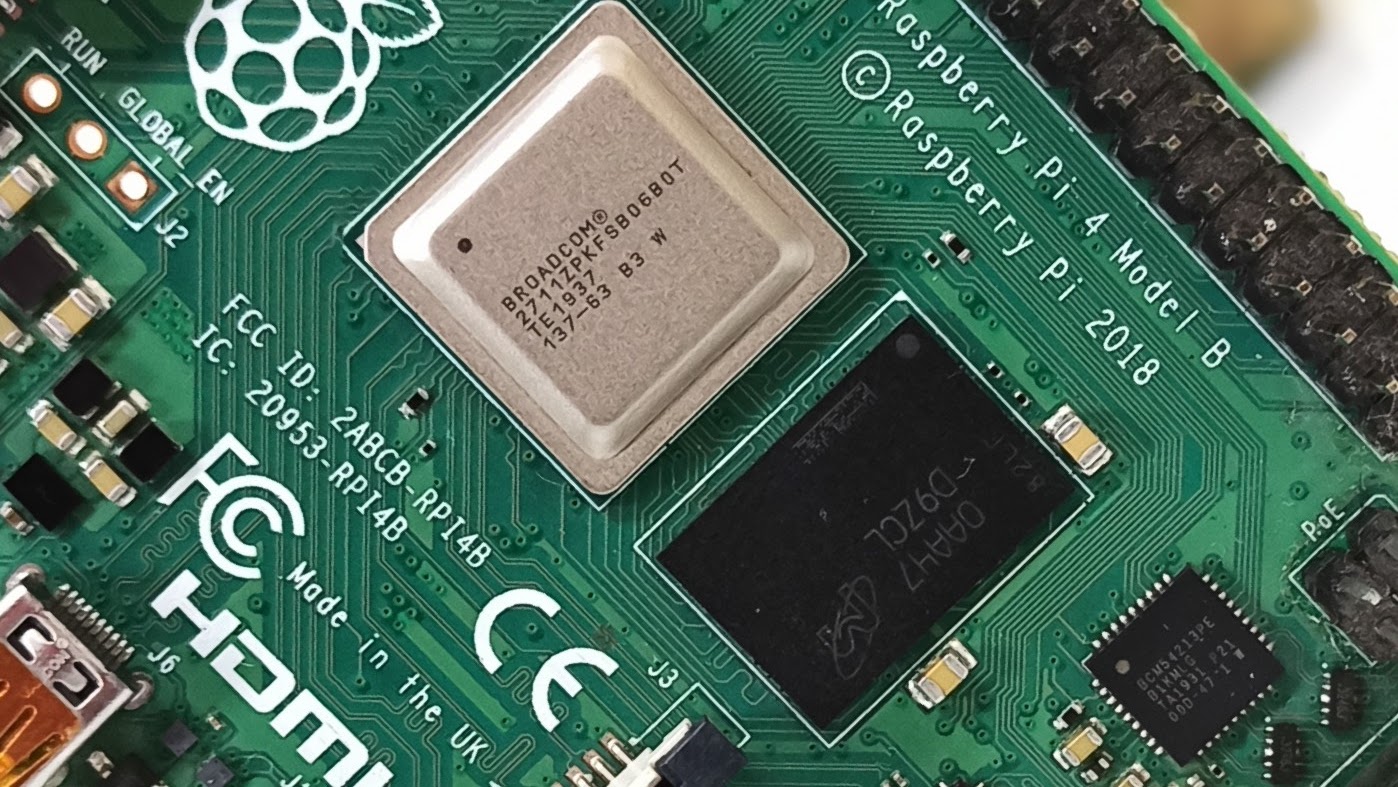


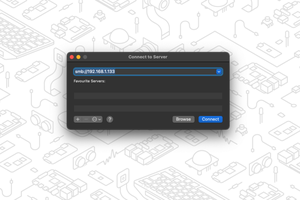
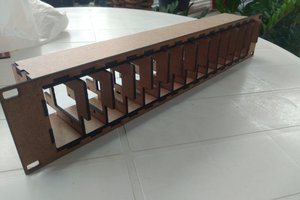
 Douglas Esteves
Douglas Esteves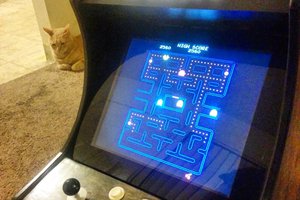
 Brayden DeVito
Brayden DeVito